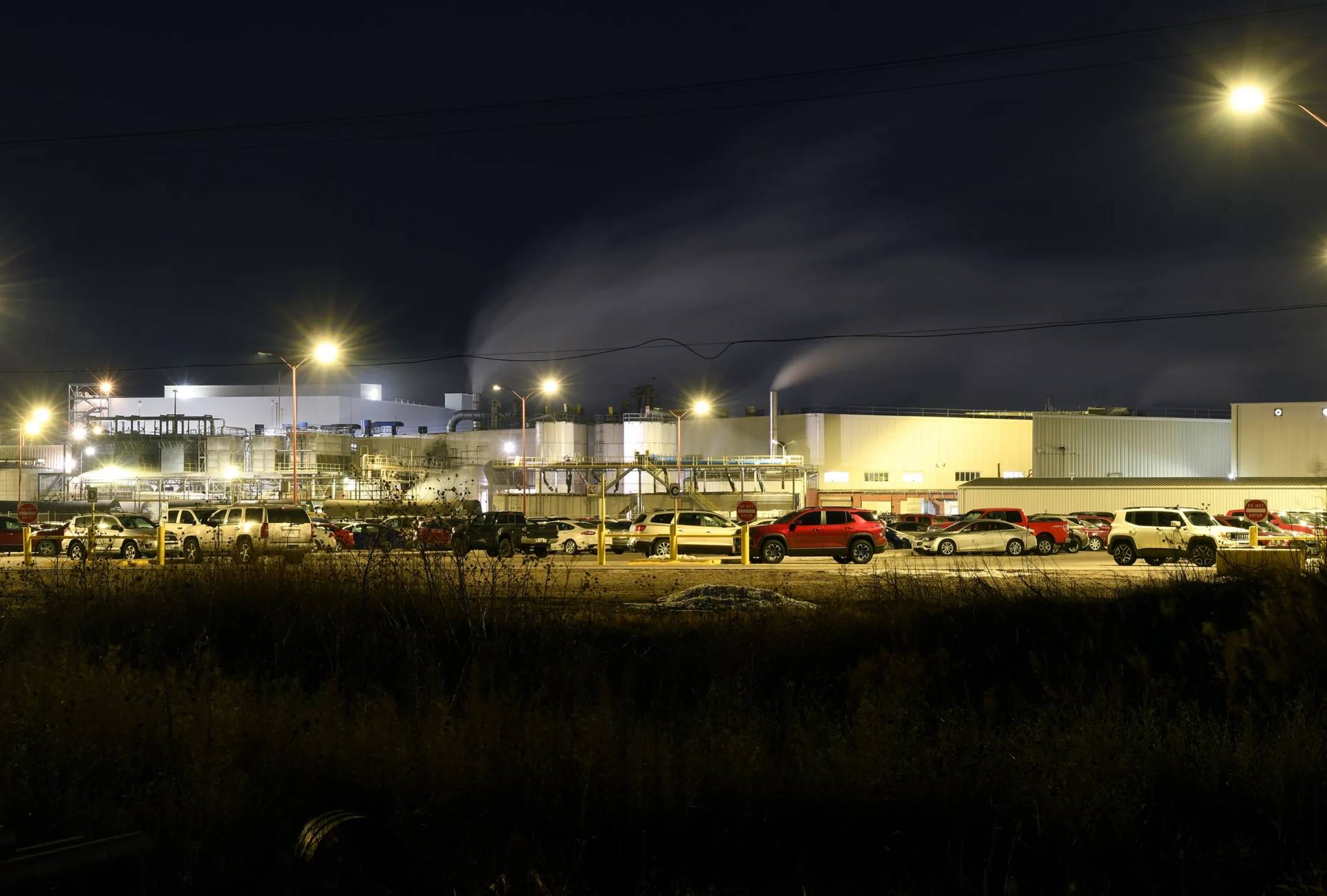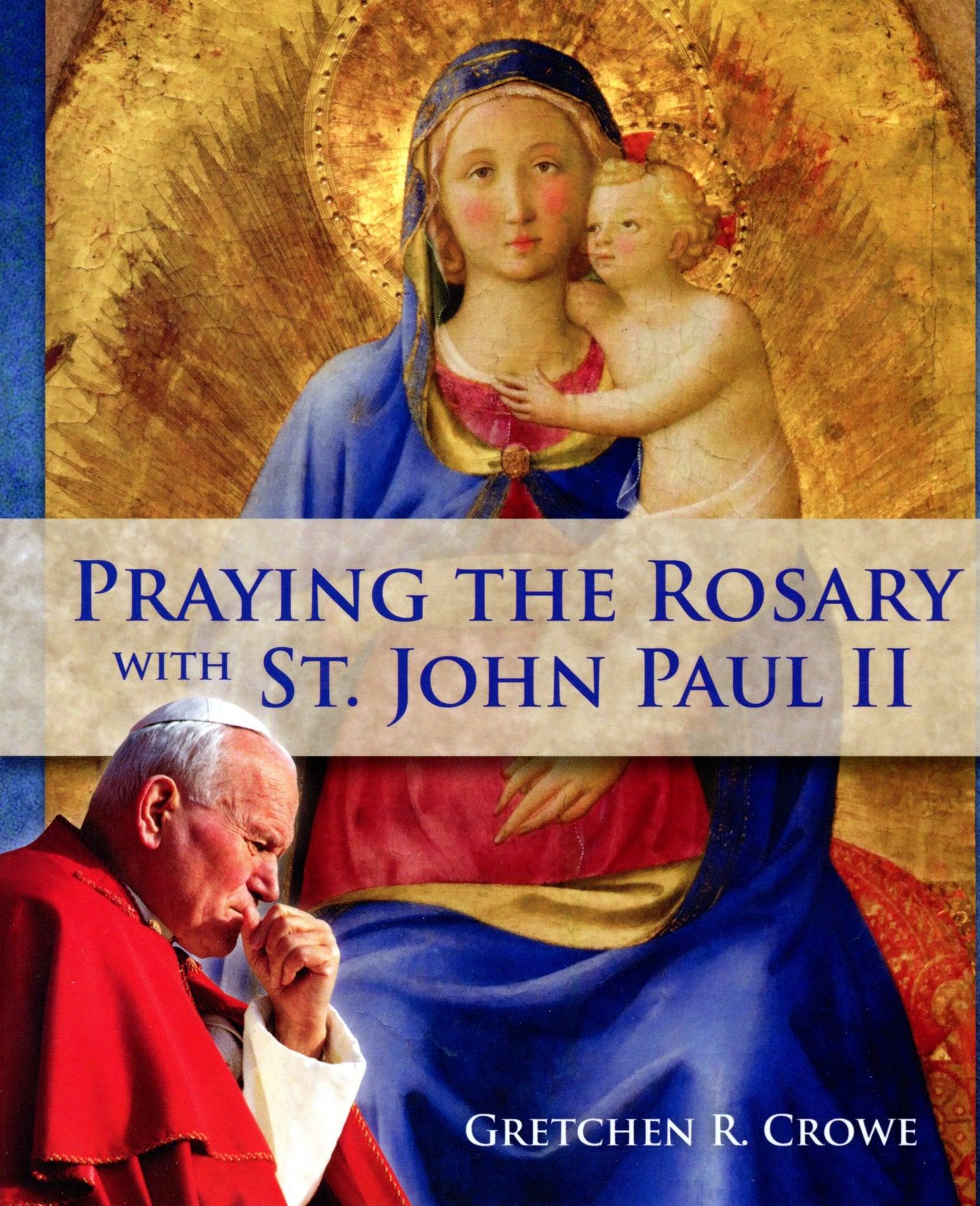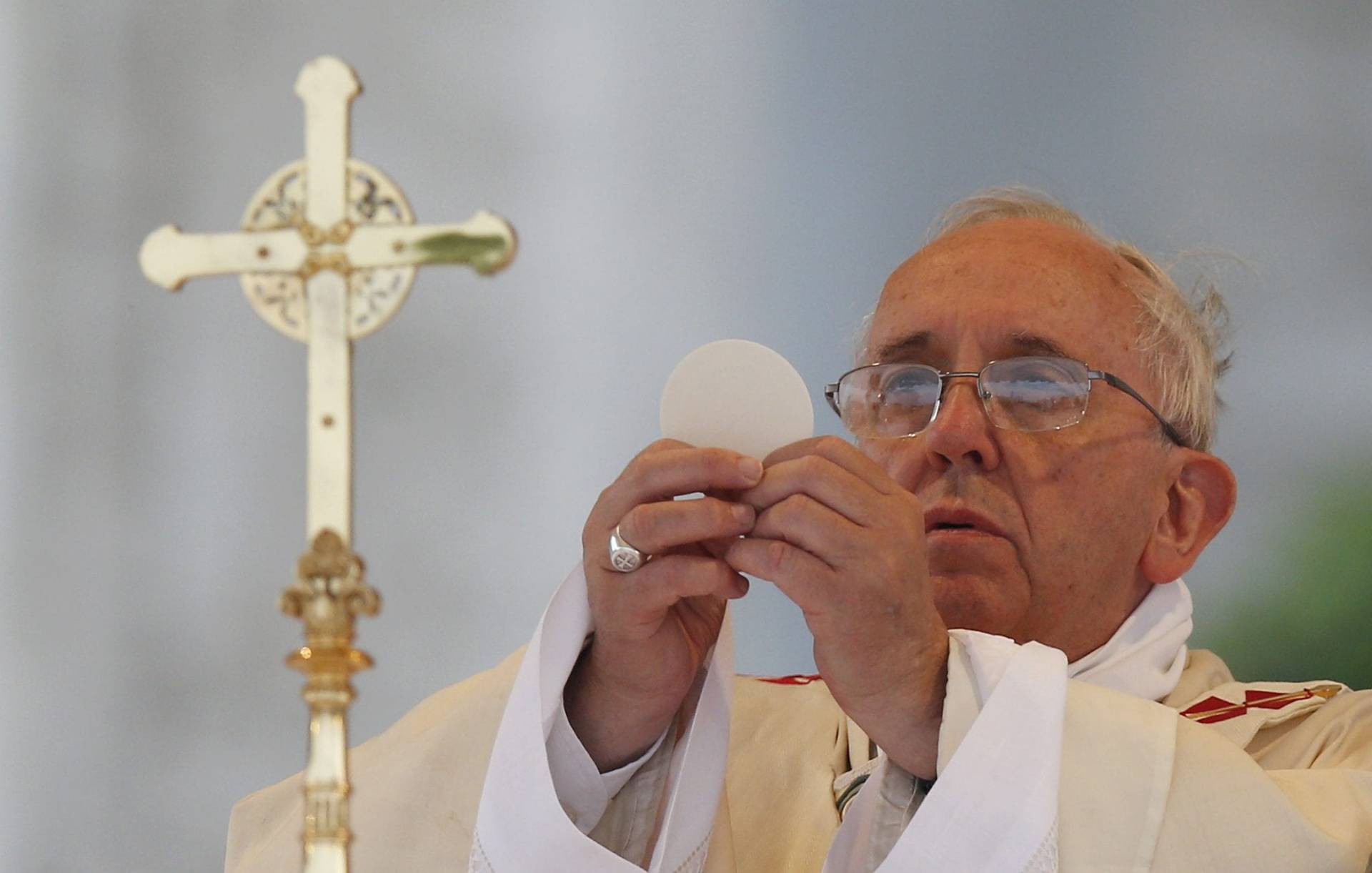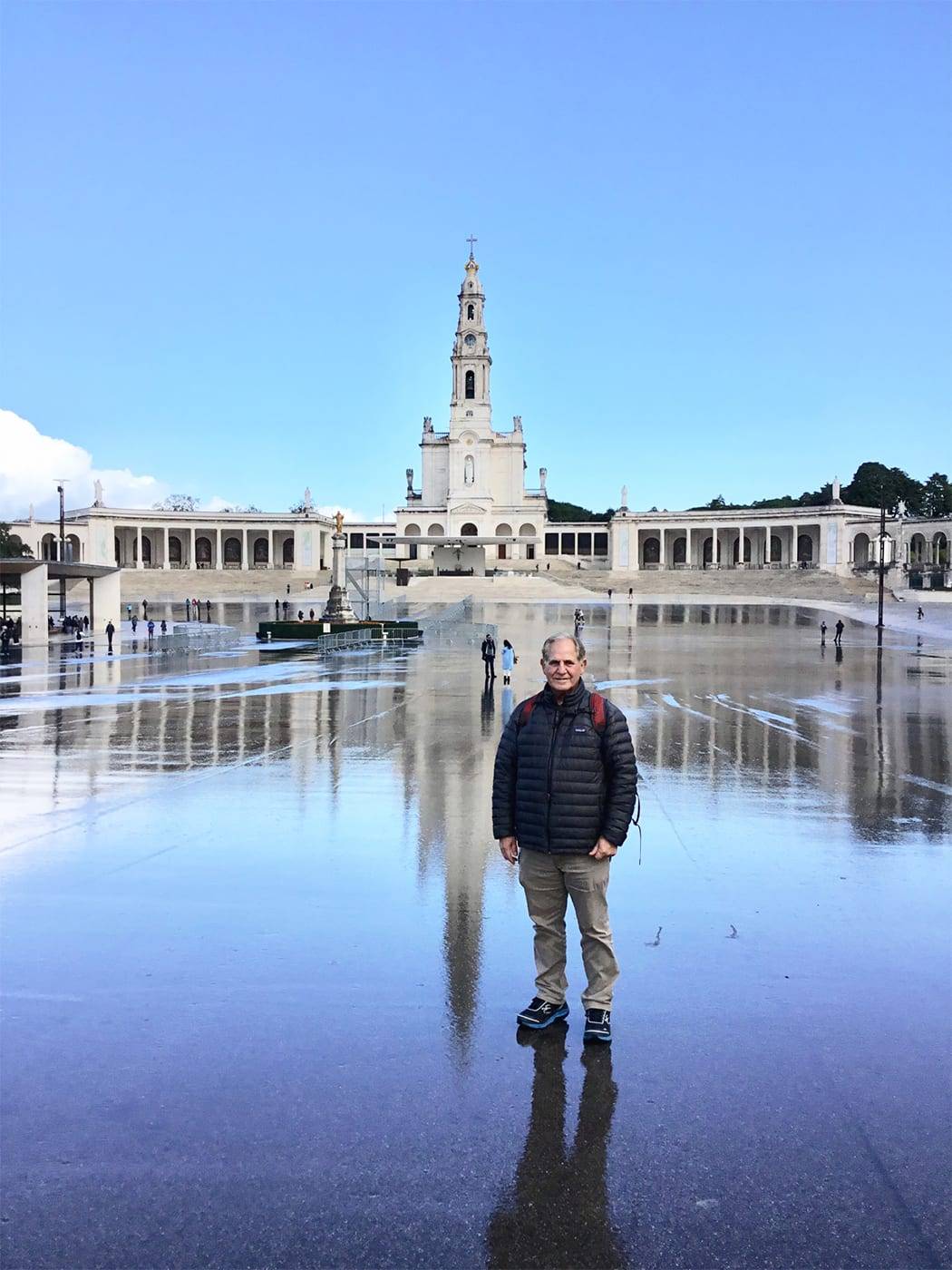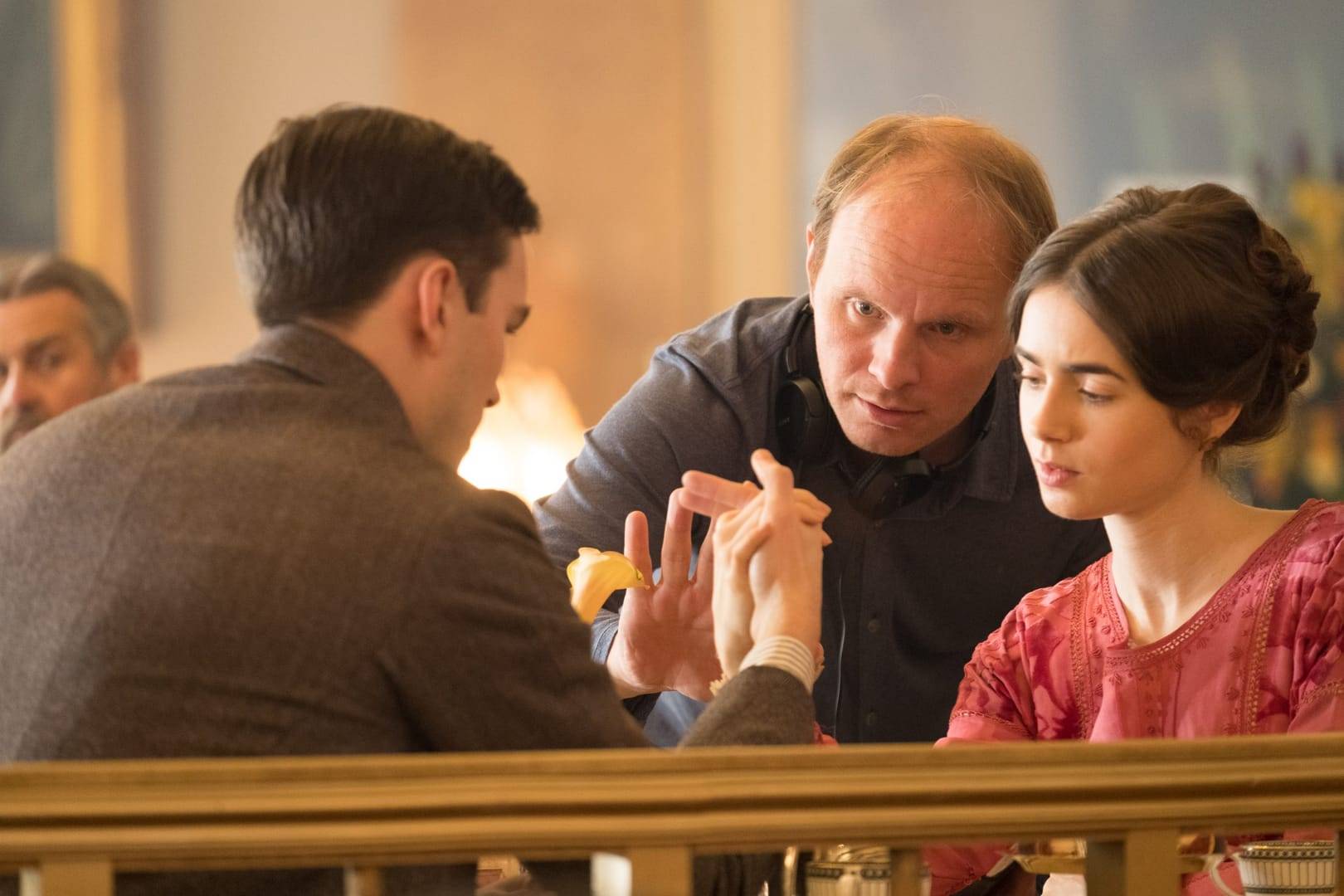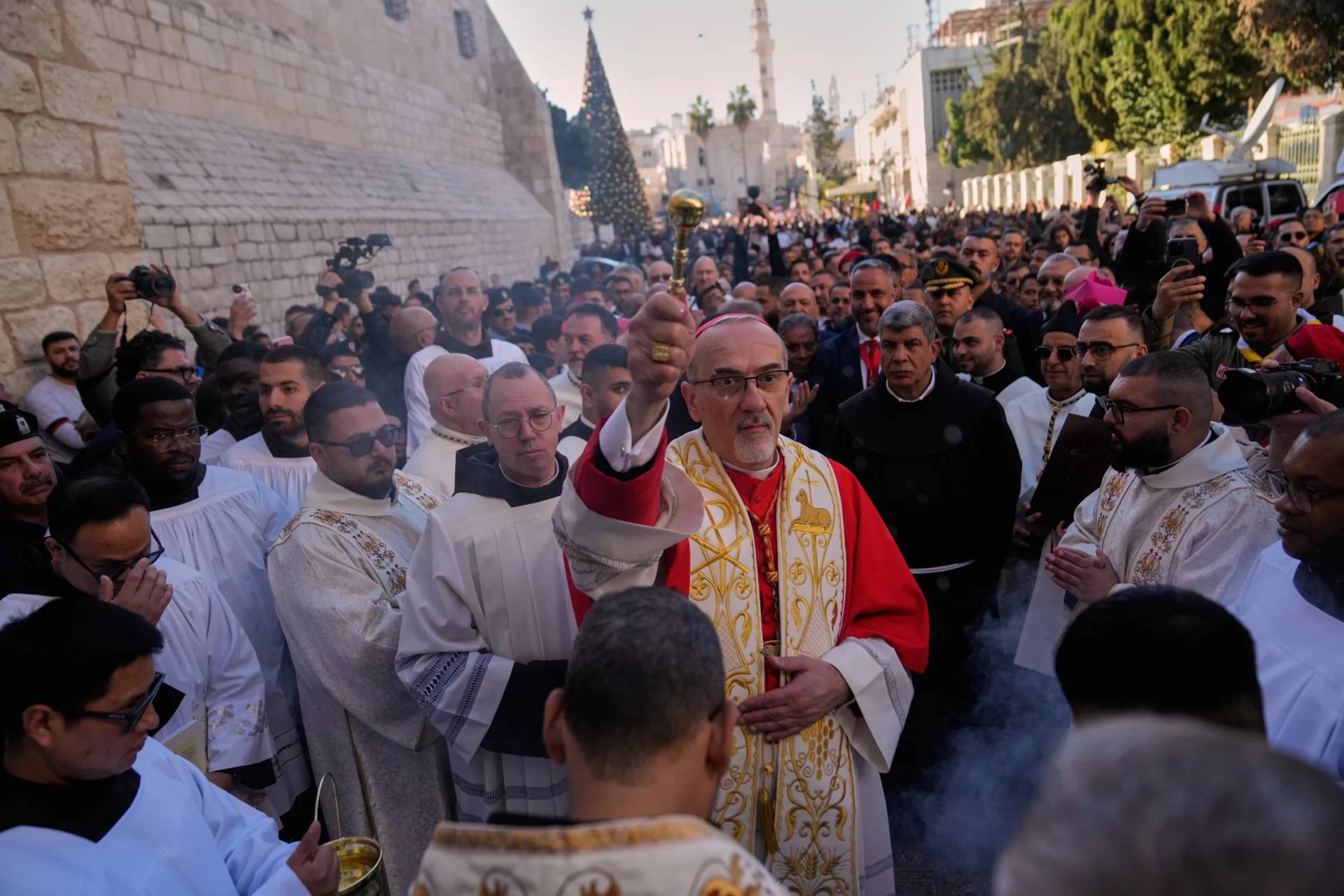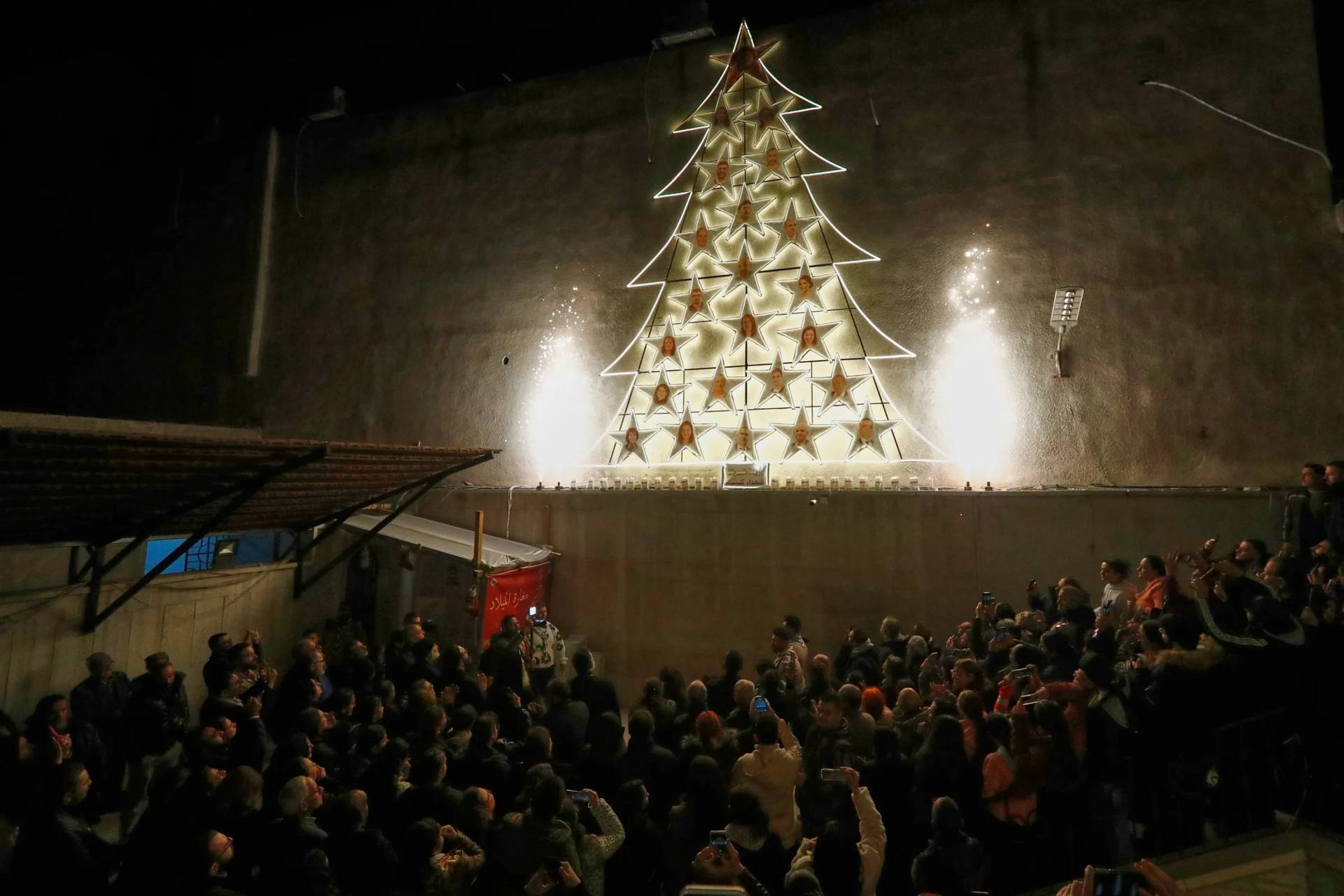BHUBANESWAR, India — Memory might not be the end of justice for the victims of persecution, but it’s surely the beginning. If no one even remembers their suffering, there’s little basis to hope for anything else good to happen.
In Catholicism, the primary way to preserve the memory of martyrs is by beatifying and canonizing them, meaning declaring them saints.
A crystal-clear case for that honor can be made for the martyrs of Kandhamal in India, where violent anti-Christian pogroms in 2008 left some 100 people dead. The victims were largely Dalits, “untouchables” under the caste system, and “tribals,” meaning India’s original inhabitants — precisely the sort of people on the periphery Pope Francis so often extols.
Today their sainthood cause is stalled, not because of a lack of sanctity, but rather, a lack of means.
There’s no question about the heroism of their deaths. They were often burned alive, hacked into pieces, even disfigured by acid. Women were raped, and men were tortured. In one case, a Christian man had his genitals cut off and his intestines ripped out, with his attackers wearing them around like a macabre trophy.
The violence was carried by out by radical Hindus wielding clubs, swords, and torches, shouting war cries that were often chillingly to the point, such as, “Kill Christians!”
Seeing these martyrs of Kandhamal declared saints is “my wish and my people’s wish,” said Archbishop John Barwa of Cuttack-Bhubaneswar, the diocese where Kandhamal is located, adding that it has universal support among India’s Catholic bishops.
Roughly half the 100 Christians who died were Catholics, making them eligible for a sainthood cause. Yet Barwa, who’s also the uncle of a nun raped amid the mayhem, said there is no such process underway.
“We don’t have the personnel or the money for the research that’s required,” he said. “This process needs a lot of documentation, capturing the real stories.”
Barwa explained that the logistical challenges are compounded by the fact that the victims were often illiterate and lacked even basic records such as birth certificates.
“If I employ someone [to prepare a sainthood cause], I’d have to pay them,” Barwa said. “It’s a specialized job, and not just anybody can do it. I’m not able to employ anyone, and my priests don’t have the skills.”
The story of the Rev. Bernard Digal, the lone Catholic priest to die in the 2008 riots, illustrates the memories at risk of being lost.
Retired Archbishop Raphael Cheenath, who was in charge of the diocese at the time, said Digal was in Kandhamal when the house of a parish priest he was visiting was attacked. They fled to a nearby forest, where they remained three days without food and water. Eventually Digal made a break for it, leaving in a jeep with his driver.
He and the driver were captured. Digal was beaten with crowbars and sticks and stripped naked, then doused with kerosene as the mob attempted to burn him alive. He tried to run away, but his attackers beat him again until he fell to the ground, blood flowing from his head, and lost consciousness.
Thinking he was dead, Cheenath said, the mob abandoned Digal’s naked body.
His driver came looking for him in the morning, and later informed the police. Along with a few villagers, the police took Digal to a local public health center. Eventually he was airlifted to a Mumbai hospital.
Digal died two months later, on Oct. 25, 2008. Doctors had operated on him to remove a blood clot from his brain, caused by the beating. His lungs collapsed, he fell into a coma, and he passed away.
Digal was 48. He’s one of seven victims memorialized on a pillar in the village of Tiangia, which was blessed by Barwa in February.
Cheenath said Digal’s story is the story of all those who perished.
“These 100 people, they are all martyrs,” he said, expressing hope that one day “there will be a feast for the martyrs of Kandhamal,” and that the pope himself will come to India to preside over a sainthood ceremony.
It’s a beguiling dream, in part because the agony is far from over.
Just last week, there were unconfirmed reports that two more Dalit Christians were gunned down by paramilitary forces on a hilltop where they had gone in search of a cellphone signal, in an effort to phone their children who had moved away to look for work.
Such killings are common, observers say, in a context in which police and paramilitaries are allied with militant Hindus and local elites.
“They look for any excuse to kill us,” said the Rev. Ajaya Kumar Singh, a Catholic priest who heads the Odisha Forum for Social Action.
As a result, canonizing Digal and the other martyrs of Kandhamal would not merely be an act of historical justice. It would also be a way of shining a spotlight on what continues to be a danger zone.
Barwa said it would be a “great joy” if someone were to help defray the cost of a sainthood process, and he would be “delighted” to accept.
In sum, the case for a halo for the martyrs of Kandhamal seems a slam-dunk. The question now is whether somebody — perhaps affluent Christians in the West, whose social standing generally insulates them from such risks — will help cover the tab.
* * * * *
Class and poverty are key parts of the mix in anti-Christian persecution
For a long time, it was difficult to convince many Westerners that there really is such a thing in the 21st century as anti-Christian persecution. To the extent Christians were victimized around the world, there was a tendency to ascribe it to other forces – ethnicity, or social class, or politics, anything but specifically anti-Christian animosity.
A perverse benefit of the rise of ISIS has been to make such denial unsustainable, since the anti-Christian edge to today’s brutality in Iraq, Syria, and elsewhere is stunningly clear.
Instead, the primary risk now seems the opposite: To exalt the religious dimension of such persecution at the expense of other factors, especially poverty and class. Perhaps no place on earth better illustrates how the two reinforce one another than India, where a large majority of the country’s Christians are at the bottom of the heap in every sense.
Kandhamal tells the tale, because class and poverty were very much in the mix.
Caste: Although the violence in Kandhamal was carried out largely by impoverished locals, its instigators were upper-caste Hindus who look down on Christians because they’re largely Dalits and tribals.
Nationwide, the conventional estimate is that about 70 percent of India’s Christian population of 25 million is comprised of Dalits and tribals.
(Some observers believe Dalit Christians may be under-counted, since those who convert to Christianity lose affirmative action benefits provided to Hindu, Buddhist, and Sikh Dalits. Priests and pastors sometimes quietly encourage converts to ignore a law requiring them to file an affidavit about their change of religion.)
The Rev. Ajaya Kumar Singh, a Catholic priest who heads the Odisha Forum for Social Action, said that lower-class Christians face a “double hatred” – seen as “untouchable” because of caste, and “anti-national” because of creed.
It’s not just Kandhamal where such prejudice rears its head.
Last year, a Hindu cleric in Bangalore bashed the head of a Christian Dalit boy who had seen him distributing candies as a blessing and stepped inside the temple to ask for one. The boy survived and the cleric was arrested, largely because local papers made the case a cause célèbre, but activists say such incidents are widespread and usually pass without comment.
In such cases, they say, it’s often difficult to disentangle whether it’s religion or caste, or perhaps both, which is responsible.
“They’re treated worse than dogs,” Singh said, comparing radical Hindu venom towards low-caste Christians to the way Hitler’s fascist movement in Germany saw Jews.
Poverty: Barwa, the archbishop of Cuttack-Bhubaneswar, says he has repeatedly visited the villages where violence occurred in 2008. As a low-caste tribal himself, Barwa says he always asks a question of his fellow tribals who took part in the mayhem.
“You have never killed any high-caste man or any rich man,” Barwa said he tells them. “We’re all Dalits and tribals here … why are we are killing ourselves?”
Sajan George of the Global Council for Indian Christians, an advocacy and support group, explained that economics were among the underlying causes of the Kandmahal carnage.
He said that the district generates the highest prices in the country for its crop of curcumin, a yellow spice that’s known as “Indian gold” because of its popularity both as a cooking ingredient and also a health supplement.
Trade in the area is dominated, George said, by a group of local Hindu merchants, some of whom also engage in abusive money-lending and other semi-criminal rackets. They’ve long resented Christian missions, he said, since missionaries often provide people basic literacy skills and encourage them to defend their rights, such as demanding a minimum daily wage.
“The elites don’t want things to change,” George said. “They have a vested interest in keeping these people ignorant and in their place.”
While these details pertain to India, the same dynamics play out in many other parts of the world.
They’re true, for instance, in Egypt, where the Zabbaleen, Cairo’s legendary “garbage people,” form a largely Christian underclass subject to appalling abuse. They’re true in many parts of Latin America, where poor Christians in the slums that ring most cities are often the first targets of drug gangs and narco-terrorists.
The same pattern holds in sub-Saharan Africa, where catechists and missionaries serving the continent’s most impoverished people generally live and die, sometimes violently, in basic obscurity.
If affluent Western Christians want to do something to help their persecuted co-religionists, in other words, it isn’t enough merely to rebuild their churches, to replace their desecrated Bibles and other religious articles, and to try to make it safe for them to worship – as desperately needed as those steps are.
One also has to attack the poverty and exclusion these Christians endure. Otherwise persecutors will continue to count on being able to do pretty much whatever they want, with the promise of almost total impunity.
“Right how what we have is the peace of a graveyard,” Singh said of the situation in Kandhamal, where only two people have ever been convicted for murdering Christians, and only one is presently in jail.
Singh was critical of pretty much everyone involved in the response to the atrocities, including his own Church.
“As a whole, we closed our eyes, we kept quiet,” he said, complaining that eight years after the fact, Catholic leaders still have not published documentation on those who died or convened listening sessions with victims.
How can the Church keep the memories of Kandhamal alive, he said, “if you don’t even ask the victims what happened to them?”
On whether the violence that erupted in 2008 could happen again, Singh was blunt: “It will happen again … it’s only a question of time, because the underlying conditions haven’t changed.”
Those conditions are surely religious, but they are also cultural and economic, and bringing them all into focus is part of what fighting religious prejudice in the early 21st century has to mean.





